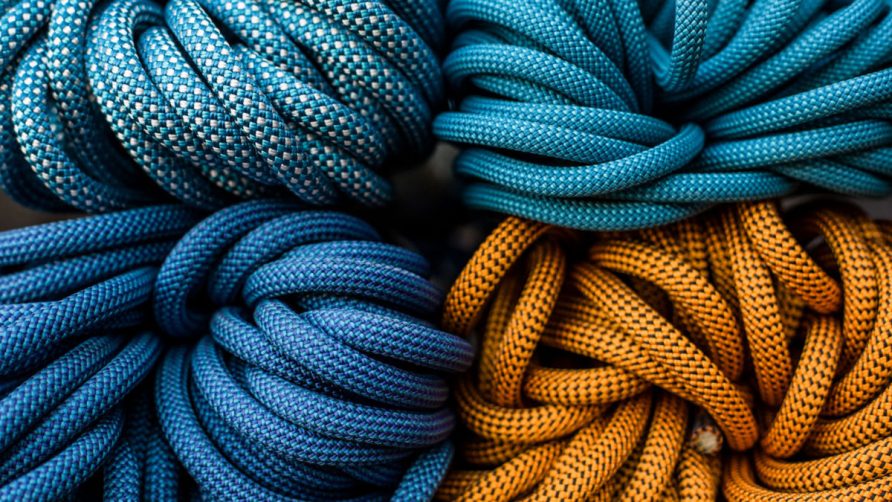A rope is made up of flexible fibers that are twisted or braided together making it intertwine making it longer and stronger. Ropes have several uses like hunting, lifting, carrying, and also climbing. Ropes were made by hand in the past. However, due to the increased population and high demand for ropes, people have invented a way of manufacturing ropes to meet the demand. By manufacturing, the quality, durability, and strength of ropes have increased due to the use of machines. This article focuses on all you need to know about rope manufacturing.
RAW MATERIALS.
A rope can either be made from synthetic fibers or the natural fibers. Natural fibers include; sisal, cotton, flax, manila hemp, natural hemp, and jute. The natural fibers were used back in the days and are replaced by synthetic fibers from industries. Using natural fibers is not the wisest choice when in need of quality ropes for they rot from inside losing their strength real-quick.
Synthetic fibers like polyester, nylon, polypropylene, and aramid are currently used extensively in making ropes for their strength. Aramid is the most expensive fiber for it is the strongest. Some ropes use two or more synthetic fibers to increase their strength. These synthetic fibers and natural raw materials are all a person needs to make a rope.
THE MANUFACTURING PROCESS.
Firstly, it is the formation of yarn from fibers and filaments. The yarn is then twisted to make strands depending on the diameter of the rope you want to make. The general process involves lubricating the fibers then removing their dirt then combed this produces a continuous ribbon called a sliver. The sliver is then compressed and then twisted to form a yarn.
Secondly, after the yarn is wounded on spools called bobbins, it is set on a frame to produce a tight strand. The tight strands are then locked together. The rope is tied together with smaller ropes. After there, the process of making braided rope starts. If it is making double-braided ropes, the first braid becomes the core while the second braid becomes the coat. Plated ropes are can also be formed by the same process.
ADVANTAGES OF MANUFACTURED ROPES.
In today’s massive production of manufactured ropes, customers are satisfied with its various applications. The advantages of these type of ropes to hand made ropes is that manufactured ropes have higher flexibility, larger surface contact area, increased resistance to abrasion and corrosion, stronger, and more durable. Manufactured ropes also have increased resistance to heat and friction.
CONCLUSION.
Manufactured ropes have tensile strength and versatility making them have almost unlimited uses; like securing your boat to a dock or even want to swing on a rope. Manufactured ropes possess high quality making it a customer’s preferred choice.

